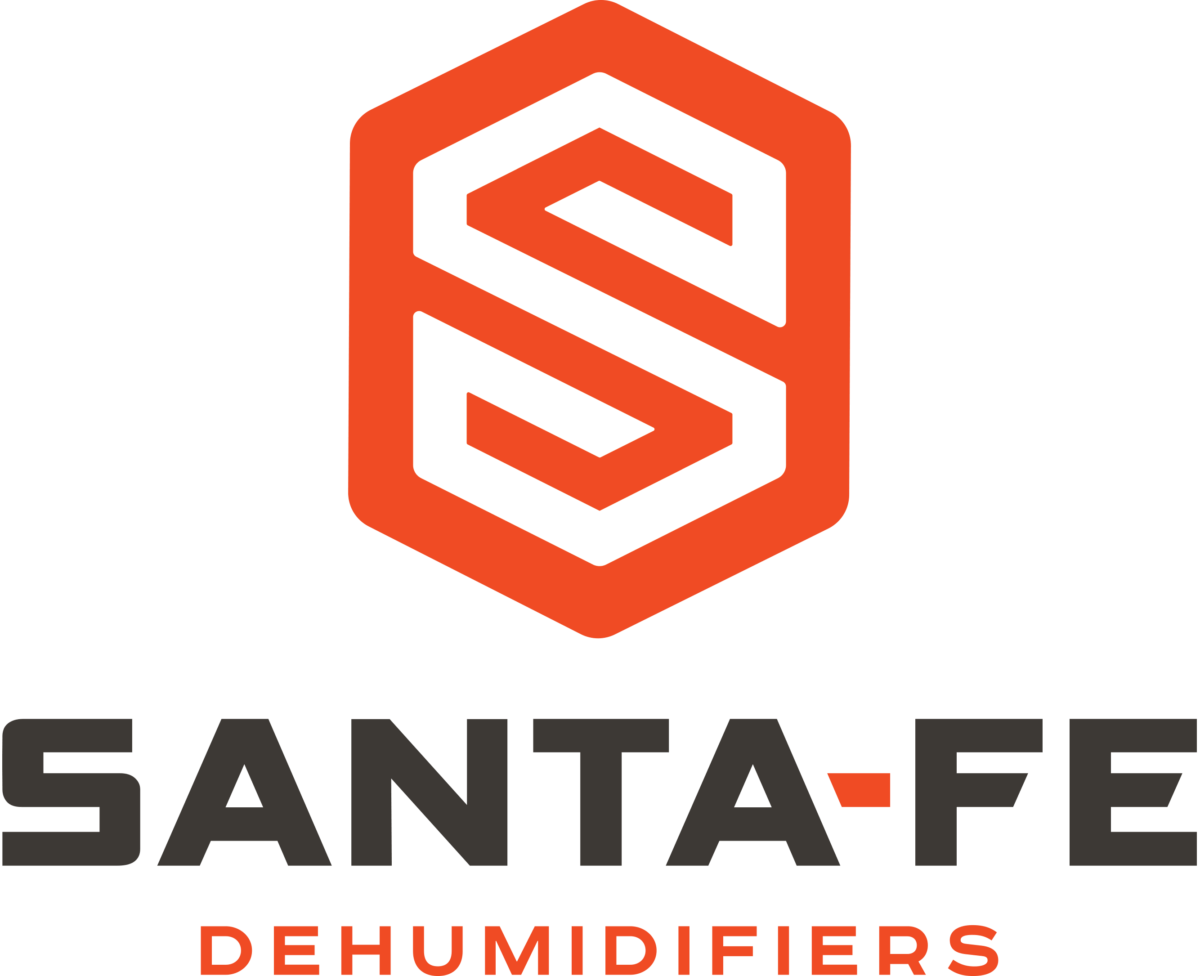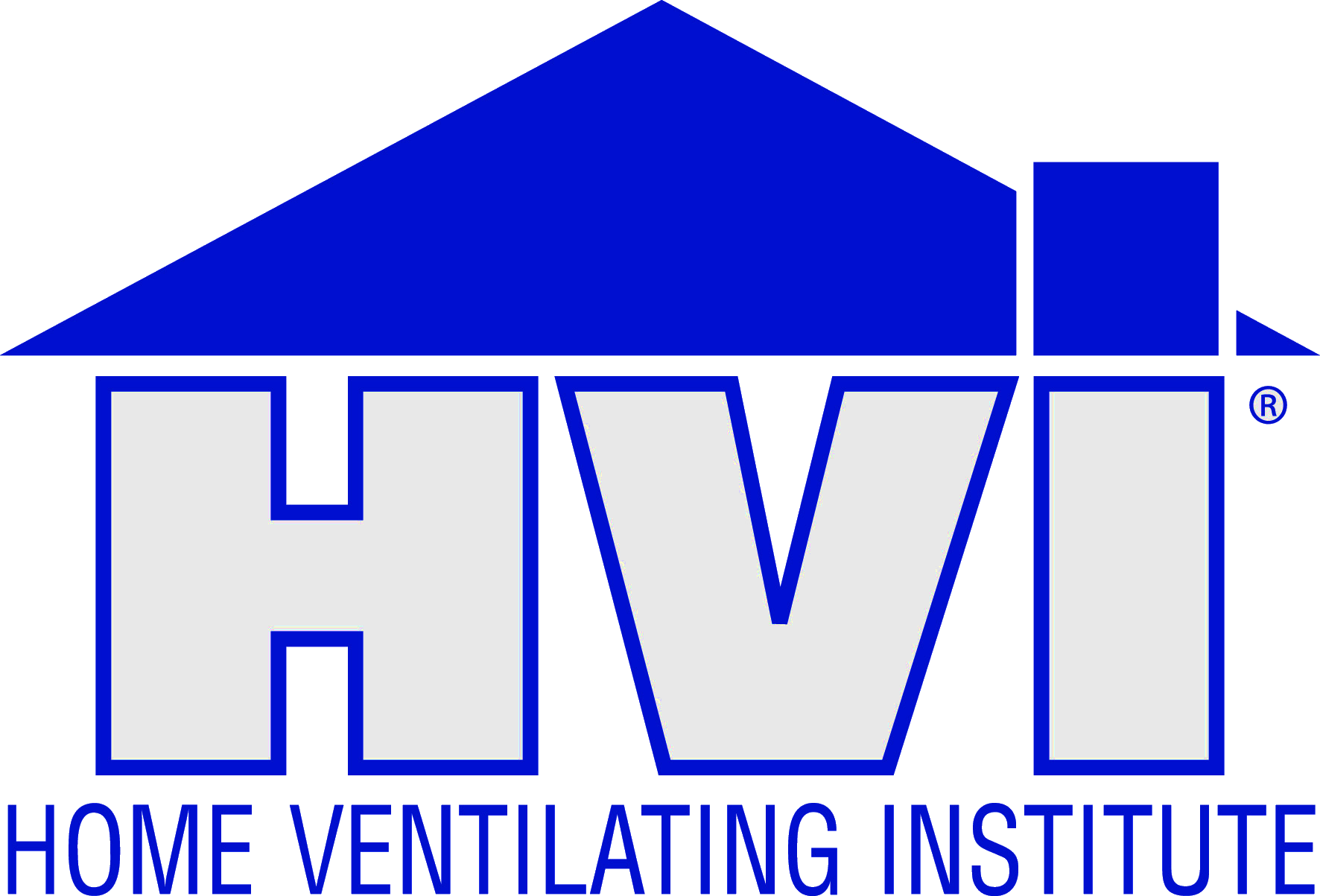Ep10: The Headaches of HomeChem
Episode 210: The Headaches of HomeChem
Today, each of us will add a few ingredients and catalysts to our home’s chemistry experiment. The simple activities of cooking, cleaning, and even being inside our homes causes what researchers now know is an astronomically elevated level of pollution, compared to the outdoors. Arm yourself with the knowledge of what to defend your family against.
Featuring atmospheric chemists Delphine Farmer, Charles Weschler, and Lea Hildebrandt Ruiz, environmental engineer Marina Vance, indoor ecology researcher and author Rob Dunn, and molecular test kits from Prism Analytical. Learn more about the HOMEChem Experiment HERE.
DIVE DEEPER WITH THESE RESOURCES:
TRANSCRIPT:
Coming up on Home Diagnosis…
The number of molecules inside a house is vast and it's much larger than anything we're used to seeing outdoors, even in polluted urban environments.
And the way that you do that is with a molecular test.
So what's the difference between eating it versus breathing it?
Most of what we could know about the biology of homes we don't know.
Home Diagnosis is made possible by support from the Alfred P. Sloan Foundation,
by Fantech, 'Breathe easy,'
by Broan-NuTone, 'Come home to fresh air,'
by Aprilaire, 'Everyone deserves healthy air,'
by AirCycler, Retrotec, and Santa Fe Dehumidifiers,
by generous support from these underwriters
and by viewers like you.
Welcome back to Home Diagnosis. So far in this season, the science we've been exploring has mostly been about the dynamics of physics and the building process.
Now we're going to dive into a whole new type of dynamic that is happening in your home every minute of every day.
This will be part one of our two episode focus on the chemistry and microbiology of homes. We like to call it 'HomeChem' for short. And in this episode, we'll dig into the layers of the headaches of HomeChem.
In Part two, we'll talk about how to heal your HomeChem. So don't worry, we won't leave you scared of your own home, but do buckle up because this stuff is way more exciting than they taught us in high school.
They say home is where the heart is.
And we certainly put our heart into building our first house. So how hard could it be to build another one?
I'm Grace.
And I'm Corbett.
In our TinyLab, we helped homeowners gain control of their homes through scientific testing. Now, as we build our forever home, we're testing ourselves.
Even though we know a few things about the invisible dynamics of homes, we're teaming up with scientists and building experts to design and build a perfectly tuned home for our family.
The physics, chemistry and microbiology of a home might seem mysterious, but it doesn't need to be.
While this is a personal story full of twists and turns...
It's also the story of the science of homes.
Join us to unlock the mysterious science of your home too.
Chemistry, microbiology and physics- they're three parts of a triangle that are all equally important in terms of how your home functions.
Indoor chemistry 101: I'm an atmospheric chemist, so I am used to studying molecules and particles outside. So we have sunlight and we have chemical reactions that we understand reasonably well.
Indoors, we have a quite different environment. We have a very contained environment, a huge amount of surface area. We have all these building materials, and we have a lot less light.
So indoor chemistry is fundamentally different from outdoor chemistry. We see some of the same molecules, but in radically different concentrations.
So a lot of molecules are much higher in concentration indoors than they are outdoors.
Atmospheric chemistry is a well-developed field of study, but when it comes to the indoor environment, which is actually where we spend 90% of our time, we don't understand those chemical processes nearly as well.
Cooking, cleaning, even the act of just being in a house that can not only release a series of molecules that are interesting, but it also causes a series of chemical reactions.
There are several drivers of that chemistry. one of the key drivers to keep villains of the piece is ozone.
So ozone is a molecule that's got three oxygen atoms, and it is very reactive.
At high altitudes, ozone's good. At ground level, ozone is something we consider bad. And you can make correlations between elevated ozone concentrations and elevated mortality.
Ozone will go and find any organic molecule that has a double bond, which is an awful lot of them indoors, and it will react with them. And it will start a cascade of reactions that will create a huge number of products.
Our photochemical children, as you will, and those children are all very diverse, and some of them are completely benign and won't hurt you at all, and others can actually be quite toxic.
The chemicals that your parents grew up with and the chemicals that your grandparents grew up with were different from the chemicals that you've grown up with. Synthetic carpets were relatively uncommon in 1950. Today, it's cotton or wool that's relatively uncommon.
If you use a synthetic carpet, you probably have a flame retardant, at least in the carpet backing. You probably have an anti-stain agent, some kind of perfluorinated chemical that's been applied to the surface of the carpet. So if you spill that wine on a white carpet, it's not a disaster- you can wipe it off.
Vinyl, PVC- it's not just flooring, you know, we have PVC in synthetic leather, we have raincoats, we have shower curtains. PVC is everywhere. We have all these appliances today that we didn't have in 1950, and the appliances bring with them their own set of chemicals.
Most of what we could know about the biology of homes, we don't know. If you breathe in deeply, in a single inhalation you're encountering 1,000 species. Maybe five of those have been studied well.
The other piece we really don't understand well, and it's probably even more consequential, is what's not present in our houses. What's missing?
If you compare a human house to, say, the nest of a chimpanzee, there are a bunch of species that a chimpanzee's exposed to that we're no longer exposed to- leaf-associated things, soil-associated things.
And there's an increasing awareness that some of those are very beneficial to our immune health. But which ones?
Indoor air quality in your home is super important, but it's also really important on a build site too. You spend long hours in here getting things just right.
And this is a very airtight house already, and we've got all kinds of things in here. We have spray paint that we're keeping inside. We have all kinds of weird solvents for cleaning tools and getting yucky stuff off.
We've got this duct insulation.
Which kind of smells a little bit like cat pee.
And they swear that a cat did not pee on this. So it means that probably there's something in this that's coming out. So let's find out- and the way that you do that is with a molecular test, which amazingly, any of us can do.
So the indoor air quality lab that we're working with sends you a pump, sends you a vial. You put one into the other. Give it 20 minutes. Seal it up, send it back, and then you've got the info.
And they're able to use their really high quality lab equipment to really figure out every single molecule that's present in your air and tell you the likely causes of where they might be coming from.
So during our experiment, we focused on three types of activities that are performed every day by, we hope, most people in their homes. Cooking, cleaning and human occupancy- and the use of personal care products is also part of that.
As you can see, this house has come a long way.
And we've got another little kiddo on the way, too.
We just started moving in and I am loving our kitchen, even though it has some things still waiting to be finished. And as we know, every home is a system and every home is unique, just like every human being.
But if there's a single headache that every home in the world has in common, it's cooking.
Not cooking itself- although I am an incompetent cook- but the chemistry that comes from cooking. Every time you fry an egg, boil a potato, even when you toast bread, you're adding more ingredients to your home's chemistry experiment.
And just like in a chemistry lab, the heat and ingredients are causing reactions that make new chemicals. If you can smell it, what you're smelling is probably gases called volatile organic compounds, or VOCs, and the 'volatile' part just means they've evaporated.
There are other gases you can't smell, and you can't capture them with any filter. They are a lot smaller than particles. One of these kinds of gases is NOx- nitrogen oxides, which only come from burning. Like when we're 'cooking with gas.'
NOx is bad for our bodies. It's a key ingredient in smog, and it's just generally bad news. If you cook with gas, you need to get this stuff away from your family.
Another byproduct of cooking is particles, especially very tiny ones. The big floating blobs of grease, you can see and feel those on the surfaces of your kitchen.
But the nanoparticles get breathed in and can travel all the way down into your lungs and then go straight into your blood to become part of your body.
And of course, the last byproduct is moisture. Extra humidity does all kinds of things to your indoor environment, some of which you already know, and some things we'll learn more about here.
All of these byproducts of cooking are created no matter what kind of food you're making, and even if you're just using the toaster.
When we cook, we emit gases and particles into the air and then we breathe those in. So, for example, during Thanksgiving, we cook a turkey.
And so you might think, 'Well, I'm also going to eat the turkey. So what's the difference between eating it versus breathing it?'
So a lot of the adverse health effects of air pollution cause, you know, problems like pulmonary disease, for example, or cardiovascular disease. It's a different ingestion method to be breathing it in versus to be eating it.
The digestive system has evolved to be ready to receive all of this external stuff. It chooses what you're going to use for energy for your body and the vitamins, and then everything else that is probably not good for your body, it gets rid of.
Your lungs are not that well developed. They're not trained to do that in the same way.
We know for a fact that inhalation of particles that are smaller than 2.5 micrometers in size- we call that PM 2.5- inhalation of PM 2.5 can lead to damage to the cardiovascular system.
It's something that people don't really think about, that air pollution can actually damage your heart.
It's very possible that they are going to end up in your brain as well, and then can affect your cognitive function over a long, long term.
Would you rather have a clean home or a dirty home? We all know clean is better.
I mean, it makes common sense that cleaning is good, but when we're dealing with the chemistry and microbiology of homes, common sense doesn't always steer us well.
And one of the basic rules of the science of homes is that everything we do to our homes has side effects.
So in the interest of predicting and preventing side effects that might spoil things, let's dig into whether cleaning is always a good thing.
But first, let's get on the same page. What exactly does 'cleaning' mean? To a kid, it might mean piling all of your stuff in the corner of your room.
And in some places in the world, it means dusting, and wiping or mopping your surfaces with warm water.
But here in the U.S., it generally means something very different. First tool we turn to for our messes will be a vacuum cleaner.
And we have almost limitless options when picking our vacuum. But there's only one option that's really critical here: the type of filter.
Welcome to your kids' dirty room, where the dust is now sitting peacefully on the floor. And the dust is made of all kinds of different materials and chemicals and tiny creatures.
If you have vinyl floors or stain resistant carpets, the dust is impregnated with especially toxic chemicals you don't want in your body or your children's bodies.
So we take our handy vacuum and suck all that dust off the floor where it's resting up into the vacuum and blow it up into the air we're breathing.
Do you know how fine of a filter is in your vacuum right now? If you don't care about the quality of filter in your vacuum, I promise you the manufacturer won't either.
So now we've taken the dust from a relatively safe resting place and blasted it up into our breathing air, where it's definitely unsafe for us.
Remember, there's no such thing as a healthy amount of particles to breathe.
Also, if you're using a bagless vacuum, please don't empty it by banging it on the side of your kitchen trash can, making a cloud of nastiness. Take it outside, people.
I would actually say that cleaning is a bit of a villain in your home. You obviously do want to clean.
But cleaning itself, depending on how you do it, turns out to be able to push that chemical reactor in your house in some really interesting ways.
When people think that they're trying to clean their homes by adding fragrances, burning something like incense or a candle to give it a fresher scent, or spraying some kind of product, it may smell more interesting, but it's not cleaner.
What you're doing is adding more chemistry to your home, adding more compounds to your home. So from an air quality standpoint, you're making your home even more polluted instead of cleaner.
So now that we vacuumed our home, we move on to step two in America: spray cleaners.
Everyone knows you never, ever combine ammonia and bleach. The fumes from that chemical reaction will literally kill you.
And actually, to keep yourself and your family safe, you should avoid ever mixing any cleaning chemicals.
And in fact, the chemicals you clean with, whether they're natural or synthetic, have unpredictable reactions with the gunk on your surfaces, too.
For example, if you cook with tomato paste or beef, and then clean with a chlorine-based spray or use chlorine-based dishwashing detergent, you create lots of very interesting chemistry that can be quite toxic for you and your family.
So one piece of solid advice is to avoid chlorine-based cleaners entirely, if you can. But other cleaning chemicals create less-studied chemical reactions, too.
So remember that in many other places in the world where people are serious about being clean, they use soap and water.
Soap and water is proven to work, and you won't need to constantly worry about whether you're making your home's chemistry experiment run wild.
I can count on one hand the surfaces that we've studied in which we've found no life. And in those cases, it's hard to exclude the possibility that we just haven't quite looked in the right way.
We think of normal environments as the ones that we like, but from the perspective of the history of Earth, the environments that we like are really unusual and really rare.
Far more lineages of microbial life actually like things that are like hot springs or like the bottom of the ocean or salt flats. And to them, those are 'normal'.
Because we've made science from a human perspective, we call those 'extreme' environments.
And so in your house, you have those all over the place. So your oven's an extreme environment, your freezer is an extreme environment. Your hot water heater, your salt shaker.
The little soap dish in your dishwasher, which is typically very alkaline and it's hot and then cold and wet and then dry.
There are microbes from all around Earth that think these are the best places ever.
And so what we in essence do is recreate these little weird ecosystems, and some of them are harmless.
And so we found amazing little salt-loving microbes and salt shakers. And typically, they live inside the salt crystals.
And so some of them could be thousands or even millions of years old inside those salt crystals.
And when the salt crystal dissolves, they're freed, and sometimes they're even square-shaped because they evolved to sort of perfectly maximize space in the salt crystal. Totally harmless.
Some of these habitats favor species that are problematic, especially the habitats that change condition from one condition to another to another.
Those favor species that are tolerant of many different things, which appears to also increase the odds that they might be tolerant of the conditions found in our bodies.
Not that it's an emergency- that tomorrow we need to empty all dishwashers and start this process over.
But this is the kind of thing we should know more about and we don't know much about.
I think this, for me, is a really amazing part of the home- that we imagine it to be sterile, when in fact it's not just not sterile, but it has these very specific habitats that recreate very specific parts of the rest of the world.
OK, so let's go back to maybe high school and remember the physical states of matter.
So if you start with something solid, it melts into a liquid state, right, you go from ice to water.
And if you keep heating that, then it'll evaporate to a vapor state or gaseous state. So those are the basic states of matter.
When we're talking about particulate matter we are talking about tiny little particles or droplets in the air.
So they could be solid, they could be liquid, and their size is going to dictate how long they stay in the air.
If they're bigger, they're going to settle faster, right? If they're smaller, they can bounce around for weeks in the air.
It can be pretty hard to believe in things we can't see, and everything in chemistry and microbiology is too small to see. So let's bring all of these tiny things into a more human scale to explore the incredible variety of tinyness there really is.
If you took a single hair and blew it up into this human scale, it would be as thick as a 13 story apartment building.
This giant heavy gunk of tinyness easily gets captured by any old air filter- even one you can see through.
A better filter with a rating of MERV 11 can start to make your air healthier. A single grain of pollen has become magnified now to the size of a typical bathroom in that building, and it gets stuck here.
On this same scale, a particle of even tinier gunk we call PM 2.5 is the width of the bathroom door. To capture it quickly, we use a MERV 13 filter.
If we happen to have a Merv 16 or a HEPA filter, then we can trap a virus, which has become the same size as your hand.
And now we come to a single chemical molecule, like a VOC that you could smell. Even this magnified it's only as big as a human hair next to our original 13 story building.
It's snuck through every filter so far, but we can still capture it with a filter made of activated carbon or charcoal.
So you see, even in the realm of the microscopic, your home's air holds an abundance of particles, chemicals and microbes of wildly different sizes.
The tiniest, tiniest particles and the largest particles are going to stick to the surfaces on our upper respiratory tract, so basically the nose, the back of the throat and the sinuses.
And then the particles that are a little bit smaller than that are going to travel deeper and then they're going to stick to the walls of the mid-range of the respiratory tract.
And then you end up with this sweet spot on the particle size range- about 20 nanometers in diameter. And they're going to tend to travel all the way down to the alveolar regions, the deepest area of the lungs.
They're so small that our bodies don't really recognize them as a threat, so these nanoparticles go into the bloodstream.
And then once they reach the bloodstream, they're just going to travel all over your body.
They could end up in organs like the liver, the heart and the brain that are very vascularized, that take a lot of blood.
What was really special about our study was that we had so many different pieces of instrumentation that we were able to watch not only those ozone molecules coming in, and not only those first volatile organic molecules react with the ozone.
But we were able to watch their daughters and their granddaughters and their great granddaughters, and we could watch the entire family tree of that chemistry all occurring.
And we could look at how that happened when we cooked. We could look at how that chemistry happened when we cleaned.
And we could see this entire huge family being formed.
There has been this large epidemiological study called the Global Burden of Disease study.
And they looked at a large population and try to compare health outcomes and air pollution levels.
And what they really confirmed is something that we kind of already knew: that air pollution leads to a shortened lifespan.
Air pollution can affect people in other ways, too, especially in what we call 'sensitive' populations.
So that means people who are immunocompromised because they already have another kind of disease.
Of course, children and the elderly, they're far more susceptible to air pollution than a healthy, average aged adult.
So when we think about indoor air quality in our homes, it's really important to remember that that's where those susceptible populations live.
Most children spend 98 to 100% of their time in indoor environments. And even the average adult in the western world spends 90% of their time indoors.
Most people like to believe that they're outdoors and they spend some time outdoors, but really, on average, it's about just 10% that we're outside.
We sometimes hear people say, 'My HomeChem might be as crazy as you describe, but I feel no side effects. So what's the problem?'
Well, as adults, we've already been exposed to so many toxic ingredients in our environment, from our eating and drinking to smoking and general pollution that it's a lot less important to our bigger bodies than in the case of children.
Young lungs are different. Did you know that they're proportionally bigger compared to their body, and they breathe about twice as fast as ours do?
And every system in a child's body is developing daily. So how much of a headache might your home can be for your family's youngest?
Meet the robot baby. The amount of pollution that babies are exposed to just by living on the floor was tested by Dr. Brandon Boor at Purdue University.
This weird and adorable machine crawls and breathes and Dr. Boor's team tests what and how much gets into their growing lungs.
But is this inherently bad? Well, again, common sense might lead you in the wrong direction.
Studies like this have shown that by breathing in microbes and allergens as babies, we seem to be helping our bodies protect themselves against asthma and allergies later in life.
So like anything else in the science of homes, it's complicated. Which is why we created Home Diagnosis.
But a simple trick you can use to help the lungs of your children is avoiding home furnishings made of vinyl, and stain resistant carpeting.
Or, like the vinyl-floored schools we send most of our kids to all day long, you can clean thoroughly every single night. But even the thought of vacuuming and mopping every night makes me exhausted. I'll let the professional custodians do that work, and I'll try to make more informed decisions to limit the bad stuff in my home.
We are polluters. Just our mere presence is polluting the air with volatile organic compounds that we are exhaling, compounds that are present in our sweat and in our skin.
There are reactions taking place with our skin oils almost all the time, especially if you're outside and there's ozone present. That ozone is going to react with skin oils and then it releases some compounds into the air.
There's also a huge amount of skin flakes that comes off of our bodies every single day. That's why we shower. And there's nothing we can do about it.
It's not like we're going to remove ourselves from the environment to make it cleaner, right? But it's important to understand that.
We are all Pig Pen. As we're walking, skin cells are flaking off of us, and we're also resuspending dust that's on the floor.
So just by walking around, we're creating that, that human cloud.
If you buy a new house, it may not have had that history of people who have lived there and brought in all of their molecules and their products into that home.
But if you move in to an established home where people were living in it for the last few years or decades or longer, then you have this history of chemistry in the house and that history is going to impact the air that you're breathing.
We are covered in personal care products. When we shower with soaps, shampoos, conditioner, whatever, lotion.
There are many studies that are finding that these personal care products are even affecting outdoor air pollution.
So in big cities like L.A., New York and even a study done here in Boulder showed that in the morning, there are all these deodorant emissions that can be picked up outside just from commuters. Isn't that interesting?
So now that we're all going to have nightmares about cooking, cleaning and living in our homes, we'll come back with Part two in the next episode of Home Diagnosis to arm you with both the knowledge of all that HomeChem is doing around us, and how to heal the many headaches it creates.
These chemistry challenges are ones we didn't even know we had in our homes, but it's always better to know, and it's exciting to see scientists really digging into the indoor environments.
See you next time when we continue to test, tune and learn more together about the science of homes, as we continue to move into this one.
Home Diagnosis is made possible by support from the Alfred P. Sloan Foundation,
by Fantech, 'Breathe easy,'
by Broan-NuTone, 'Come home to fresh air,'
by Aprilaire, 'Everyone deserves healthy air,'
by AirCycler, Retrotec, and Santa Fe Dehumidifiers,
by generous support from these underwriters
and by viewers like you.

















